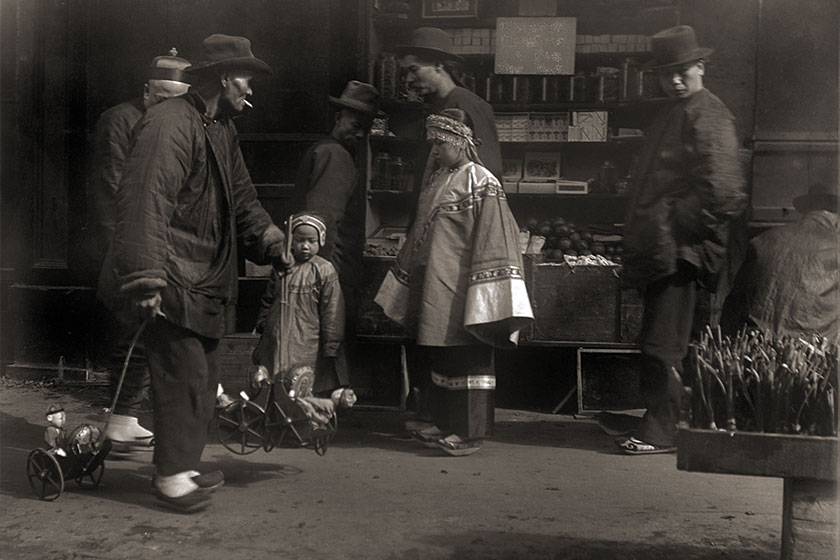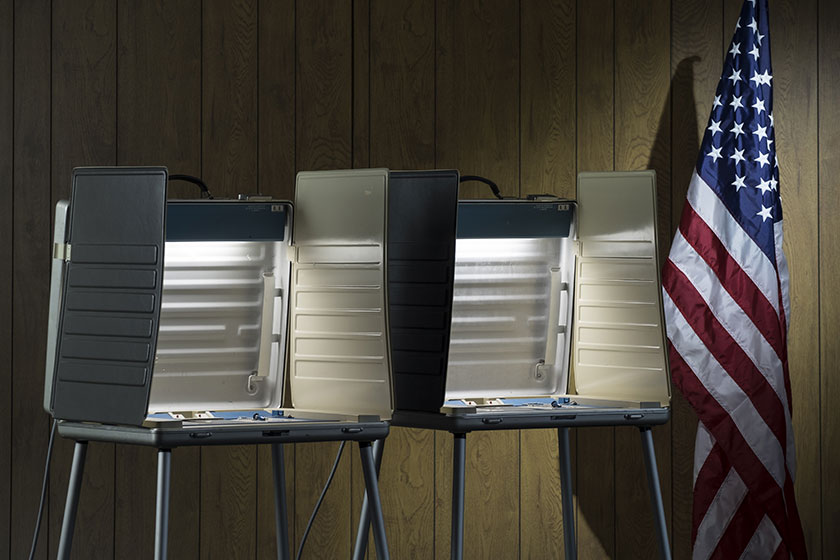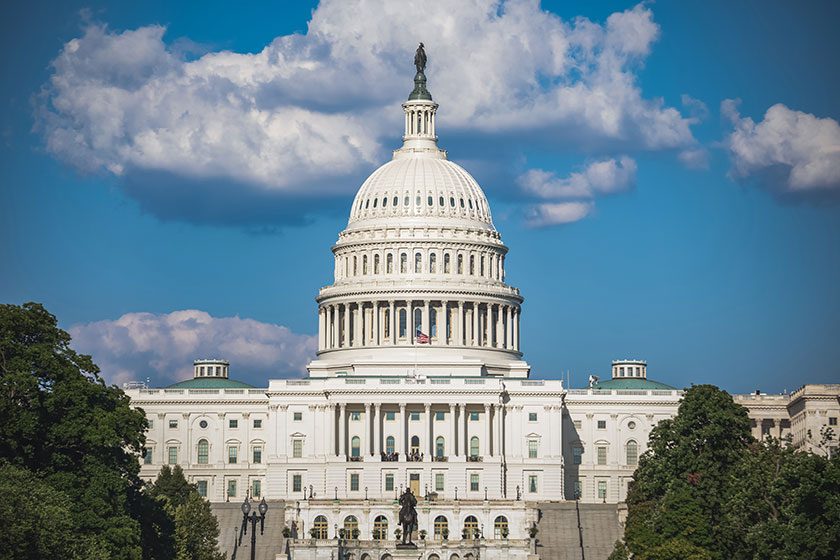Contributing Across America
Civil Rights,
Public Service &
Politics
As a nation born from a struggle to overthrow autocratic rule, the US has a history of fighting for civil rights that is as old as the country itself. Chinese Americans have been an integral part of civil rights movements since the earliest generation of Chinese immigrants sought legal protection of their civil rights in the 1880s.

Chinese Americans play a significant role in both public service and the political system. As of 2018, approximately 102,000 Chinese Americans work in local, state and federal government around the country, accounting for 1.2% of government employees—equivalent to their share in the US population.
Chinese Americans have made an outsized contribution to all but one major function in the public administration sector and play a particularly important role in public finance, environmental quality and housing, and human resource programs.
Representation of Chinese Americans by Public Administration Functions, 2018

There are currently five US senators and house representatives of Chinese descent, making up roughly 1% of the total US Congress members. Most recently, Andrew Yang, a Chinese American entrepreneur, ran as a candidate in the 2020 Democratic presidential primaries.

Chinese Americans have come a long way to break into the domain of civil service and politics. Under the Chinese Exclusion Act of 1882, a discriminatory statute that remained law until 1943, Chinese immigrants—even those who had been in the US for decades—were banned from becoming US citizens and were thus deprived of civil rights such as the right to vote.
From the 1880s to the 1940s, several landmark immigration cases brought by Chinese immigrants set important legal precedents for equal protection under the Constitution, which would help to establish civil rights for immigrants and non-white Americans for years to come. One of the best-known early court cases involving a Chinese American was the United States versus Wong Kim Ark, which established the concept of birthright citizenship in the US.

Not until 1959 did Chinese Americans finally see representation in US Congress (in the form of Hiram Fong, a Republican senator from Hawaii), more than a century after the first Chinese Americans arrived in the Gold Rush. It then took nearly another 40 years before Gary Locke, a Democrat from the state of Washington, was elected as the first Chinese American governor in 1996.
Since the second half of the 20th century, younger generations of Chinese Americans have focused on wider civil rights battles affecting not only themselves but also other minorities and disadvantaged groups. For instance, Advancing Justice-LA, a civil rights organization for Asian Americans, offers a Leadership Development in Interethnic Relations program, which has trained more than 1,000 community leaders and activists in the past decade. Through this initiative, the organization works to empower individuals, schools and organizations by equipping them with the leadership skills necessary to foster positive and sustainable intergroup relations for social change.
68%
Between 2009 and 2018, the number of Chinese American employees working in public administration grew by 68%, outpacing both the growth of the Chinese American population (46%) and the growth of the overall public administration workforce (9%).
Alongside other historically disadvantaged groups, activists for myriad causes and grassroots civil rights organizations, Chinese Americans’ endeavors to pursue racial, social and political justice and defend civil rights have driven positive shifts in US immigration policy, the domestic political climate and wider social perceptions.
